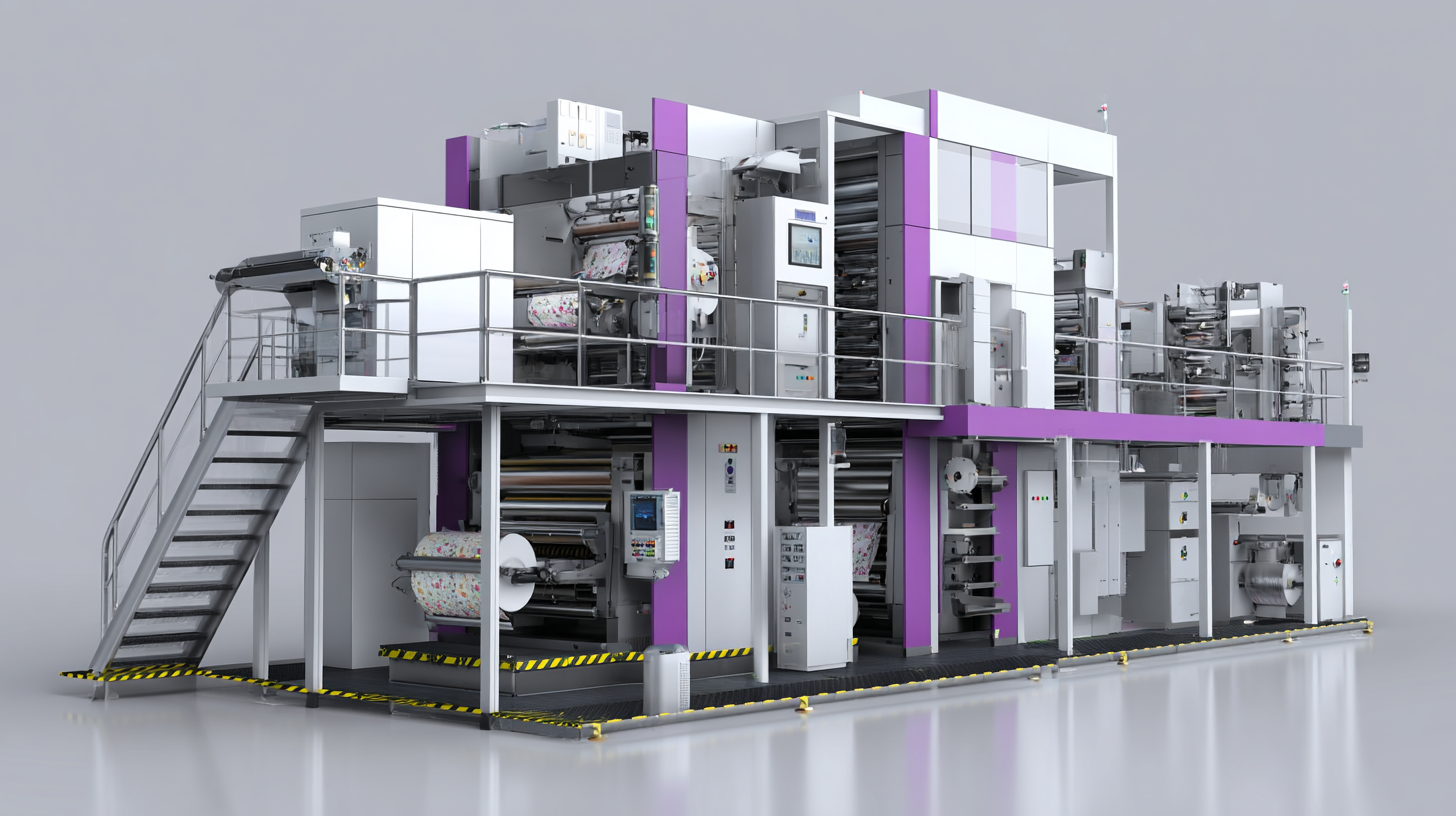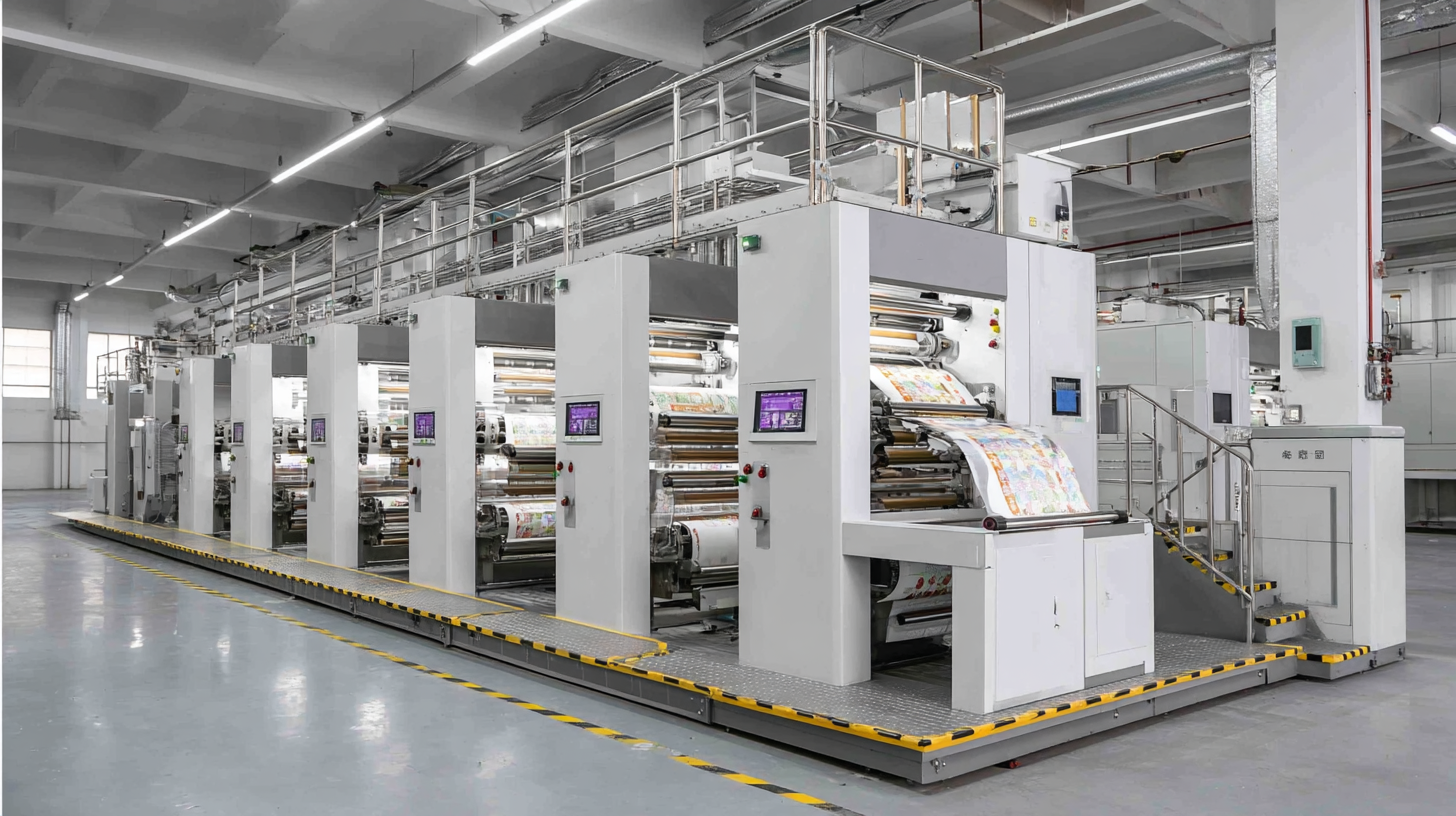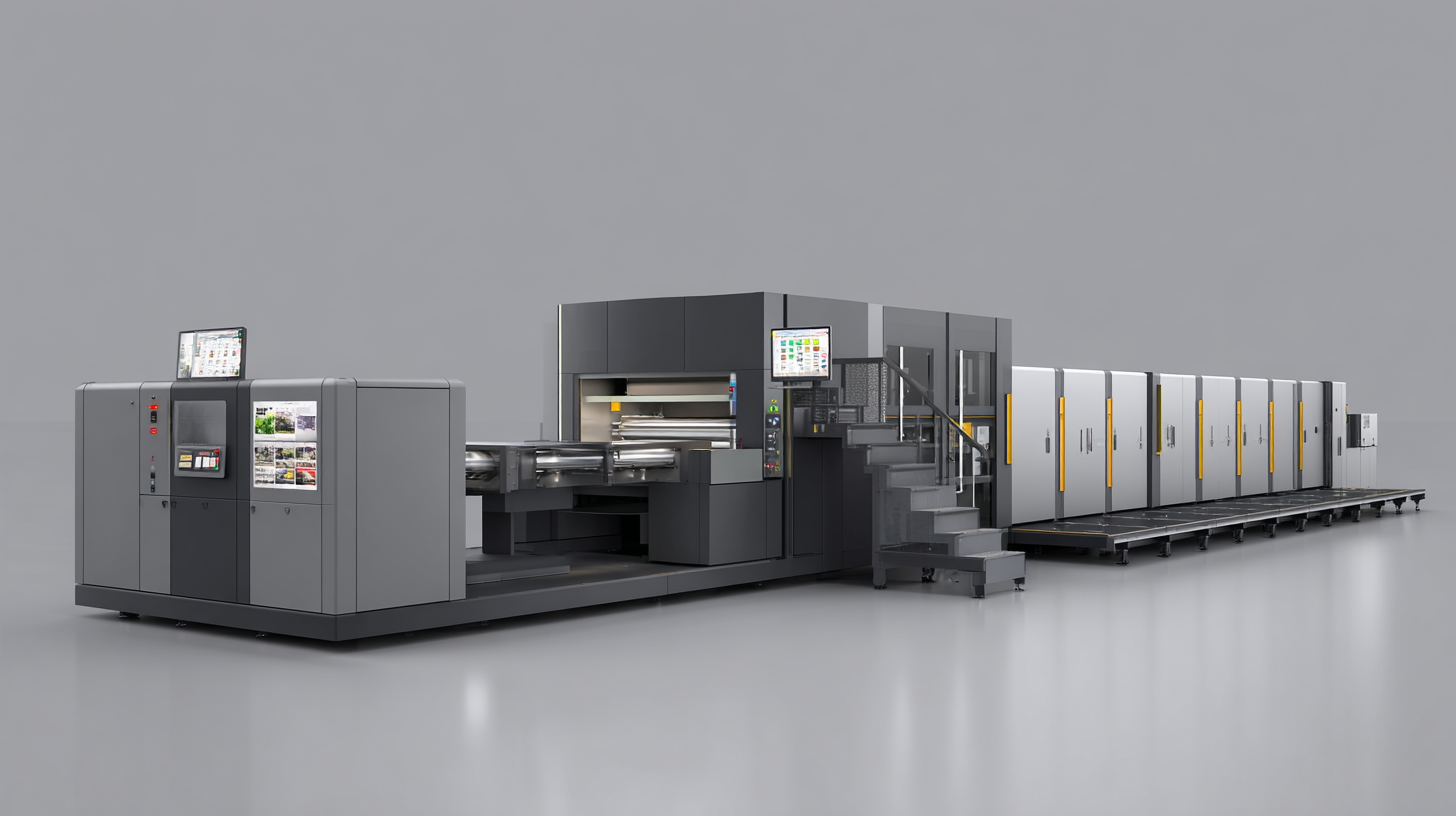As we look towards 2025, the landscape of automatic printing machines is set to undergo transformative changes driven by advancements in technology and shifts in market demands. According to a recent report by Smithers Pira, the global market for printing technology is expected to reach $500 billion by 2025, with automatic printing machines playing a crucial role in this growth. This surge is largely attributed to the increasing need for efficiency and precision in production processes, as businesses aim to optimize their operations. Moreover, the rise of digital printing and the integration of smart technologies in manufacturing setups signal a pivotal shift towards more automated and environmentally friendly solutions. Understanding the trends shaping this industry, as well as the importance of compliance with international certifications, is essential for businesses looking to remain competitive in this evolving market.

As we look towards 2025, the landscape of automatic printing machine technology is set to undergo significant advancements, driven by innovations in automation, artificial intelligence, and sustainability. According to a recent report by Smithers Pira, the global digital printing market is expected to reach $28.9 billion by 2025, growing at a CAGR of 11.5%. This surge is partly attributed to the rising demand for customized print solutions and faster production times, which push manufacturers to embrace automated technologies.
One of the key trends is the integration of IoT (Internet of Things) within printing machinery. This technology allows for real-time data collection and analytics, enabling predictive maintenance and reducing downtime. A study from the International Data Corporation (IDC) predicts that by 2025, 30% of all automatic printing machines will be IoT-enabled, allowing businesses to optimize their production processes significantly. Furthermore, sustainability will be at the forefront; with eco-friendly inks and materials, printing companies can reduce their carbon footprint, appealing to an increasingly environmentally conscious market. As these trends unfold, companies that leverage these advancements will not only enhance their operational efficiency but also meet the evolving demands of their customers.

In the ever-evolving landscape of printing technology, identifying common problems in current printing machine models is essential for enhancing productivity and ensuring quality output. Frequent issues such as paper jams, inconsistent ink flow, and software glitches can significantly hamper production efficiency. Understanding these pain points can help operators mitigate disruptions and optimize the overall workflow in their printing processes.
To tackle paper jams effectively, ensure that the machine is regularly maintained and that compatible paper types are used. Employing high-quality paper can minimize the risk of jams and maintain consistent performance. Additionally, keeping an inventory of spare parts for common components can provide quick fixes during unforeseen downtimes.
Moreover, addressing inconsistent ink flow requires regular calibration and cleaning of the print heads. Operators should also invest in reliable ink supplies to avoid sudden shortages or poor-quality prints. By prioritizing these aspects, businesses can enhance their automatic printing machine's performance and reliability, paving the way for a smoother production environment as we look towards 2025.

As the printing industry evolves, challenges such as inefficiency, waste, and the demand for customization continue to arise. According to a report by Smithers Pira, the global digital printing market is expected to reach $187 billion by 2025, highlighting the need for innovative solutions to enhance operational efficiency and meet diverse customer demands. Automatic printing machines must evolve to embrace these trends by integrating advanced technologies such as IoT, machine learning, and automation systems to streamline production processes.
One promising approach to overcome existing challenges is the adoption of predictive maintenance strategies. By utilizing real-time data analytics, printing companies can anticipate machine failures before they occur, minimizing downtime and increasing productivity. Research from IBISWorld indicates that businesses implementing smart technology could see productivity gains of up to 20%. Furthermore, customizing printing solutions to adapt to various substrates and print sizes can significantly reduce material waste, aligning with sustainability goals that are increasingly important to consumers and regulatory bodies alike. Embracing these innovative solutions will be crucial for businesses aiming to stay competitive in the ever-evolving landscape of automatic printing machinery.
The increasing demand for automation and operational efficiency is reshaping the manufacturing landscape, particularly in the context of the Internet of Things (IoT). As more manufacturers seek to optimize production processes, the integration of advanced automation technologies is becoming essential. By streamlining workflows and minimizing manual interventions, businesses can significantly enhance productivity and reduce operational costs. Industrial sewing machines, for example, are poised for notable growth, with the global market projected to expand from $87.49 million in 2025 to an impressive $7.18 billion by 2033, reflecting a steady increase of 2.5% annually.
As the manufacturing industry embraces IoT solutions, the emphasis on operational efficiency is further amplified. Advanced automation not only facilitates real-time monitoring and data analysis but also enables predictive maintenance, reducing downtime and enhancing overall productivity. Manufacturers that leverage these technologies will not only stay competitive but will also meet the increasing consumer demand for faster and more efficient production methods. The future of automatic printing machines and other industrial equipment will undoubtedly be shaped by these trends as companies prioritize efficiency and scalability in their operations.
| Aspect | Current Technology (2023) | Projected Technology (2025) | Optimization Techniques |
|---|---|---|---|
| Printing Speed | 50 pages/min | 75 pages/min | Implementing high-speed digital presses |
| Print Quality | 1200 DPI | 2400 DPI | Using advanced inkjet technology |
| Energy Consumption | 200 kWh/month | 150 kWh/month | Adopting energy-efficient systems |
| Automation Level | Manual setup | Fully automated | Integrating AI and IoT technologies |
| Cost of Ownership | $50,000 | $40,000 | Lifecycle costing analysis |
As the printing industry evolves, the integration of artificial intelligence (AI) and data analytics is set to revolutionize operations by 2025. AI technologies will enhance productivity through predictive maintenance, allowing printing machines to anticipate failures and schedule repairs before they impact production. This proactive approach minimizes downtime and optimizes workflow efficiency, ensuring that businesses can meet increasing demand without sacrificing quality.
Moreover, data analytics will play a crucial role in understanding customer preferences and market trends. By analyzing patterns in consumption and feedback, printing companies can tailor their offerings to better align with client needs. This targeted approach not only improves customer satisfaction but also enables companies to allocate resources effectively, reducing waste and maximizing profitability. Embracing these advanced technologies will empower printing operations to not just keep pace with industry changes but to lead in innovation and sustainability.
